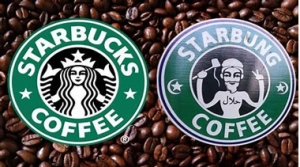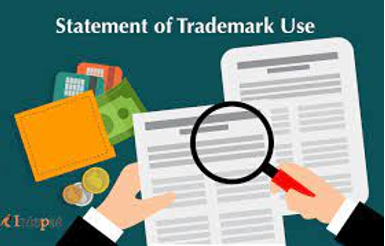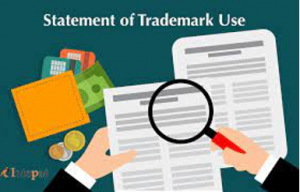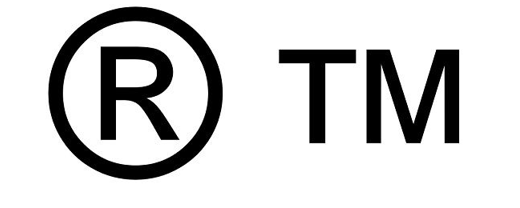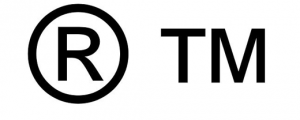The unprecedented hype in NFTs has opened the gate for several promising opportunities and serious considerations for the real-world trade mark owner.
When digital creators create an NFT (known as minting) that replicates real-world products or businesses, an infringement issue arises. The recent example of Hermè’s action against Mason Rothschild regarding the “MetaBirkin” NFTs depicting the images of Hermès’ iconic Birkin bag.
THE NFT SAGA
NFT is a non-fungible token, meaning it can neither be replaced nor interchanged because it has unique properties. It can have one official owner at any given time and can be used for any purpose, such as digital artwork, gaming, or a logo of any digital brand.
NFT is minted through `smart contract` programming, which defines the ownership rights associated with it. The smart contract is then etched into the public ledger for viewers.
HOW CAN NFT INFRINGE A TRADEMARK?

An NFT may feature a mark or sign similar to a registered trademark, as noted in Hermès v. MetaBirkins. It is now the biggest challenge for the NFT marketplaces that facilitate the trading of NFTs to avoid exposure to liability for trademark infringement.
Expansion of technologies and innovations is always challenging for the law to accommodate. Simply purchasing an NFT may not transfer trademark rights unless the smart contract has such a term. To make NFT an asset, both seller and buyer must incorporate all the essential terms in the smart contract.
THE JURISDICTION AND ENFORCEMENT ISSUE
The evolution and development of NFT is a challenge to the UK’s existing IP law. If NFT is traded on social media or any peer-to-peer platform with no specific target market, it may be challenging to qualify the phrase `use in the UK` to determine the target user.
The best solution is that the trademark owners should consider enforcing their rights in the NFT space and actively monitor infringement.




